If you feel like there’s something missing from your garden, we are more than pleased to introduce you to one of our top picks for this summer! Citronella plants a.k.a. Pelargonium ‘citrosum’ plants are the missing piece from every collection, whether it is your garden or home that needs another green fellow around.
Pelargonium ‘citrosum’, usually known as the Citronella plant, Mosquito plant, or Citrosa geranium, is a species of flowering subshrubs in the Geraniaceae family. This plant is native to several tropical and temperate regions worldwide, especially southern Africa.
Not only do Citronella plants look absolutely adorable, but they are also very easy to grow and care for. As always, once you have one of these shrubbies around, there will be times when you will forget about them.
But no worries! They will be perfectly fine without your constant attention and will not hesitate to forgive you for your occasional absence.
Sounds interesting? Keep reading our guide to find out more about Citronella plants. By the end of this article, you will see that they are the most delightful companions to have around!
Watch Our Latest YouTube Video ...
Quick Facts
| Fact | Details |
|---|---|
| Scientific Name | Pelargonium ‘citrosum’ |
| Common Names | Citronella plant, Mosquito plant, Citrosa geranium |
| Native Region | Tropical and temperate regions, especially southern Africa |
| Appearance | Fern-like foliage; evergreen, fragrant, lemon-like leaves; pink to purple flowers |
| Growth | 18-24 inches in height and 12-18 inches in width |
| Confusion with Other Plants | Often mistaken for Citronella grass (Lemongrass) |
| Care | Easy to grow; can withstand periods of neglect |
| Optimal Environment | Lots of sunlight, mid-warm temperatures, slightly moist growing mediums |
| Repotting | Recommended once every two years |
| Toxicity | Can be toxic to animals and humans if ingested |
| Special Traits | Acts as a natural mosquito repellent; drought-tolerant |
| Propagation | Best done through stem cuttings in early spring |
| USDA Hardiness Zones | 10 and 11 |
| Special Uses | Suitable for mass plantings, walkways, beds, borders, containers, indoor decorations, and in potpourri arrangements. |
About Citronella Plants
- Due to their similar names, numerous people confuse Citronella plants with Citronella grass (Lemongrass). Besides this fact and their lemon-like fragrance, they have nothing else in common.
- Citronella is a popular ingredient in insect repellents. Many of their names would make you think that these plants contain citronella. However, they are just varieties of Scented geraniums that release a citronella-like perfume from the crushed leaves.
- These shrubby friends will look gorgeous in a variety of landscape decorations. They are wonderful additions to mass plantings, near walkways or entrances, beds, borders, containers, or hanging baskets.
- Indoors, their blossoms can bring a nice dash of colour to their surroundings as cut flowers in a vase. Some people use their stems and leaves in various arrangements or dried for potpourri.
- Citronella plants are hybrids that came into this world by taking specific genes from two other well-known species of plants: African geranium and Chinese citronella grass.
- They thrive in environmental conditions that mimic their natural habitat – lots of sunlight, mid-warm temperatures, and slightly moist growing mediums.
- If you want to grow these plants in containers, you should repot them once every two years. The same pot works just fine to maintain their current size and one that is slightly larger will allow your plants to grow bigger with time.
- Citronella plants may be pretty toxic to animals and humans if ingested. We suggest you grow these shrubs in a spot where your curious cats, dogs, or children cannot reach them.
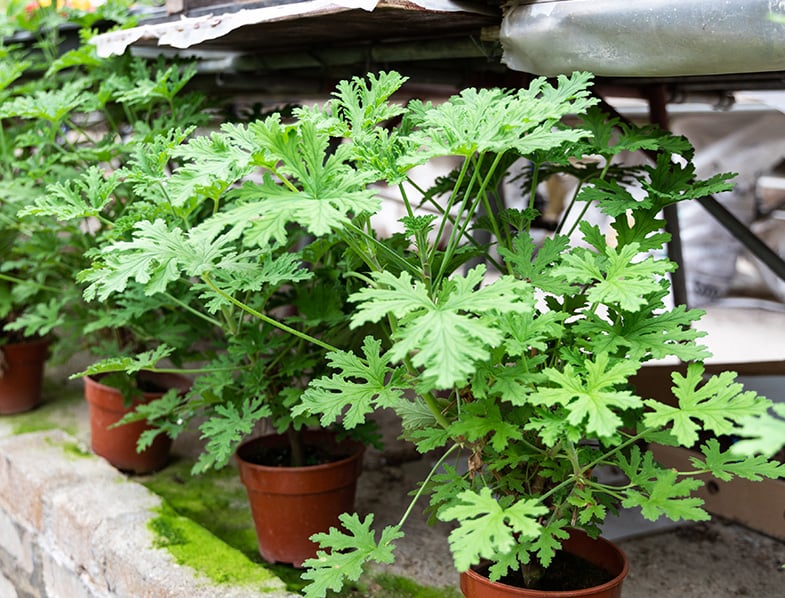
Citronella Plants Features: An Overview
- Citronella plants belong to the Pelargonium genus of about 280 species of shrubs, perennials, and succulents. They share this genus with other species of flowering plants like Sweet-scented geranium, Regal Pelargonium, and Angel Pelargonium.
- They are herbaceous perennial subshrubs that can reach from 18 to 24 inches (46-61 cm) in height and 12 to 18 inches (30-46 cm) in width.
- Pelargonium ‘citrosum’ plants come with attractive, fern-like foliage. Their evergreen, palmate leaves are very fragrant, having a fresh, lemon-like scent that resembles citronella.
- These plants usually bloom from late spring through early autumn. During this period, they exhibit small clusters of lightly fragrant pink to purple flowers that also have some lavender overtones.
- Citronella plants make for lovely companions to other species of plants, such as Rose, Chrysanthemum, Sunflower, Lavender, Senecio, Heliotropium, or Gerbera Daisy.
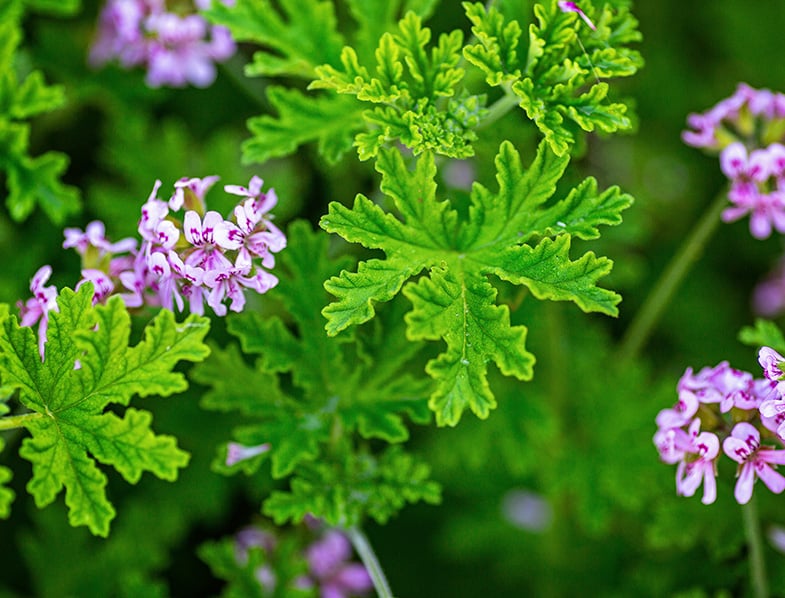
Growing Citronella Plants
In general, Citronella plants are very easy-going when it comes to their environmental and growing requirements. You can just find the perfect spot to grow them and let them do their thing with little to no help. If you are paying attention to their basic needs, you will see for yourself how friendly these beauties can be!
Like most garden Pelargonium species, they will grow at their best and bloom profusely under full sunlight exposure. In regions with very warm climates, however, Citronella plants will tolerate and even appreciate some afternoon shade.
Although shady locations may cause your plants to grow somewhat leggy, pinching them back regularly can help to keep them full-looking.
Citronella plants are typically hardy in USDA zones 10 and 11. These shrubbies can withstand short periods of light frost but you should consider protecting them anyway. If winters in your area are harsher, it is wise to bring your plants indoors in late autumn. As a general rule, they prefer tropical climates and perform very well in hot temperatures.
Pelargonium ‘citrosum’ plants are mostly carefree in terms of fungal diseases and pests. Yet, some intruders like mealybugs, aphids, or spider mites can disturb the peace of your buddies once in a while.
These pests usually feed on the leaves and stems of the plants, so it will be pretty easy to notice them. In case of infestation, handpick them and treat your plants with a suitable insecticide or pesticide.
- TWO (2) LARGE LIVE PLANTS – big, healthy, ready to grow, premium plants, 4” to 8” tall plants, in 4” pots. NON GMO No Neonicotinoids
- Citronella Mosquito plants (Citrosa Geranium) are a beautiful plant for your yard, patio, pool area, or garden
- These lemony-scented citronella plants cover an area up to 10 square feet. They require little tending and grow to about 4 feet high if the season allows
- Our plants are fast shipped for MAXIMUM freshness. Includes our Clovers Garden copyrighted QUICK-START Guide. 100% Satisfaction Guarantee
- Lemon-scented leaves
- Garden use: flower beds, herb beds; great for containers
- Culinary use: for lemon flavor in a variety of dishes & teas
- Grows well in partial shade
- Plant during spring, after the last frost
Last update on 2024-10-19 / Affiliate links / Images from Amazon Product Advertising API
Planting Citronella Plants
Citronella shrubs can tolerate almost any soil pH, but they will thrive in slightly acidic substrates with a pH range of 5.8 to 6.3. Make sure their growing medium is not too rich in nutrients or organic matter because these can lessen the strength of their fragrance.
In outdoor settings, plant your Citronella shrubs in slightly damp soil that has excellent drainage. For potted plants, look for a container that has drainage holes at the bottom and fill it with a peat-based potting mix.
Fertilization-wise, you do not need to give your Pelargonium ‘citrosum’ plants too much attention. Garden plants will do just fine if you provide them with a balanced fertilizer once every year in spring. They go dormant in winter, so avoid fertilizing them during this season.
Still, potted specimens will require fertilizing more often than those outdoor companions that you are growing in the ground. Feed your potted plants with a balanced fertilizer at half strength in spring. If they seem less vigorous in general, you can repeat this process once every three to four weeks during the summer months.
Your Citronella plants will become fuller and bushier if you prune or pinch them from time to time. We recommend you prune these shrubs in spring to give them enough time to set flower buds and blossoms. Moreover, deadheading their spent or unhealthy flowers will encourage more blooming. When your plants grow too large, you can also cut them back during any season.
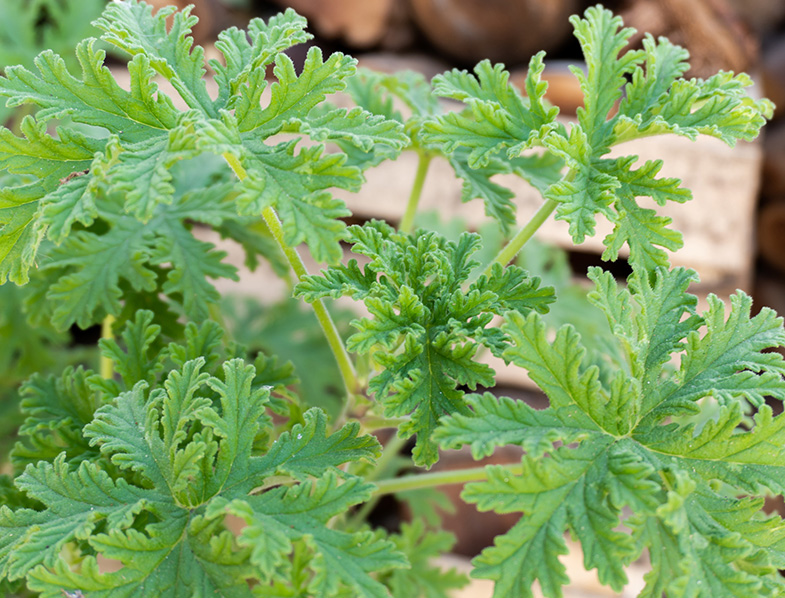
Watering Citronella Plants
If you are a beginner gardener or a forgetful one and you want these plants around, we bring you the best news possible! Citronella plants are drought-tolerant for long periods and do not enjoy having their feet wet.
In humid climates with frequent rainfalls, you can even skip watering these shrubs for good and stop worrying about how great they are doing.
Sometimes, however, very long periods of dry soil can cause yellow, brownish, or falling-off foliage. On the other hand, too much moisture will result in root rot and irreversible damage. First things first, make sure you check the soil in-between waterings. You can avoid these extreme cases by watering your Citronella plants only when their soil has dried out completely.
When it comes to humidity, Citronella plants can perform nicely in a wide range of conditions. These shrubby friends will have an excellent time in humid environments, but they can also handle low levels of humidity very well.
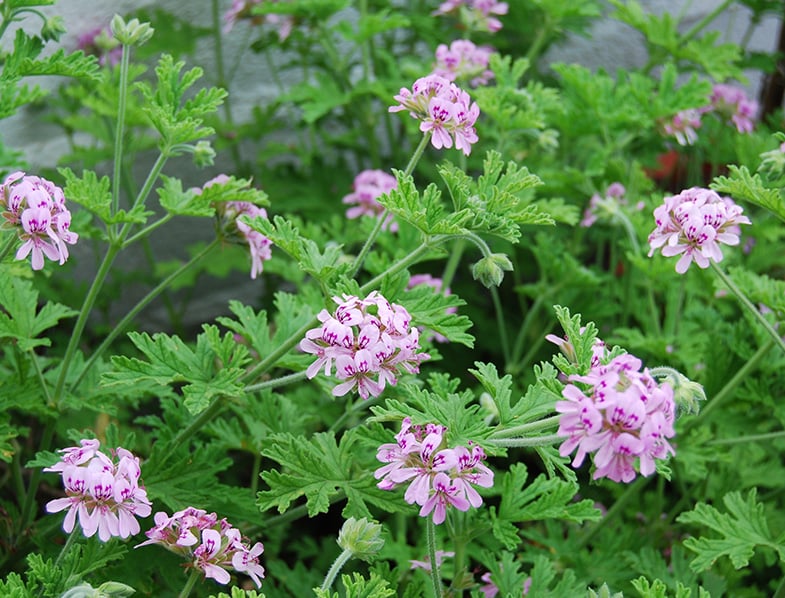
Propagating Citronella Plants
Citronella plants are great ornamentals for your summer-blooming garden, especially in mass planting, so making more of these babies is not optional! But if you cannot find more space for them, you can always surprise your special family members or friends with a nice gift. Find your garden tools and let’s bring your inner talent into the spotlight, gardener!
The best way to propagate Citronella plants is through stem cuttings in early spring. This method consists of taking cuttings of about 6 inches (15 cm) long and rooting them in a fresh potting mix. Before planting, make sure you remove all but the uppermost leaves and dip the cut ends of your cuttings in rooting hormone for optimal results.
Once these steps are complete, fill a container or bed with moist vermiculite. Plant the Citronella cuttings in it and maintain the substrate moist until they develop a healthy root system. You can check the stage of root development by pulling the cuttings gently from time to time.
When you start to feel some resistance, you can transplant the baby plants outdoors into the garden or in their individual pots. After replanting, provide them with the same overall caring routine as for the mother plants.
In Conclusion
As promised, Citronella plants are low-maintenance semi shrubs that have come with many advantages and no disadvantages! Their lemon-like fragrance, hypnotic foliage, cute flowers, and easy-going style make them perfect for any garden. The tiny effort of growing and caring for Citronella plants is really worth it when you have so many rewards waiting for you around the corner!
Are you already growing Citronella plants? Share your experience in the comments below!
Citronella FAQS
Can citronella repel mosquitoes?
Yes, citronella is known to repel mosquitoes. It is a common ingredient in many mosquito repellents and candles designed for outdoor use.
What is citronella used for?
Citronella is primarily used as a natural insect repellent, especially against mosquitoes. Additionally, it is used in candles, lotions, and sprays for this purpose. Citronella oil is also utilized in perfumes, soaps, and cosmetics for its refreshing and deodorizing properties.
What bugs does citronella get rid of?
While citronella is most famous for repelling mosquitoes, it can also deter other bugs such as black flies and fleas. However, its effectiveness can vary depending on the species of bugs and the form in which citronella is used.
Is citronella really lemongrass?
No, citronella and lemongrass are not the same. While both have a lemony scent, they are different plants. Citronella comes from the Citronella plant (Pelargonium ‘citrosum’), whereas lemongrass is a grass from the Cymbopogon genus. However, they are often confused due to their similar fragrance.

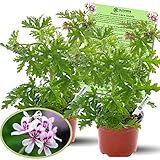
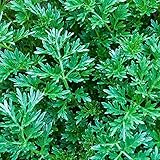
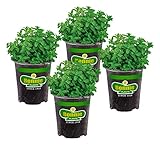
1 Comment
My plant lives in the Blue Ridge mountains and is in a container. I just brought It indoors. How can to keep it alive during the winter?